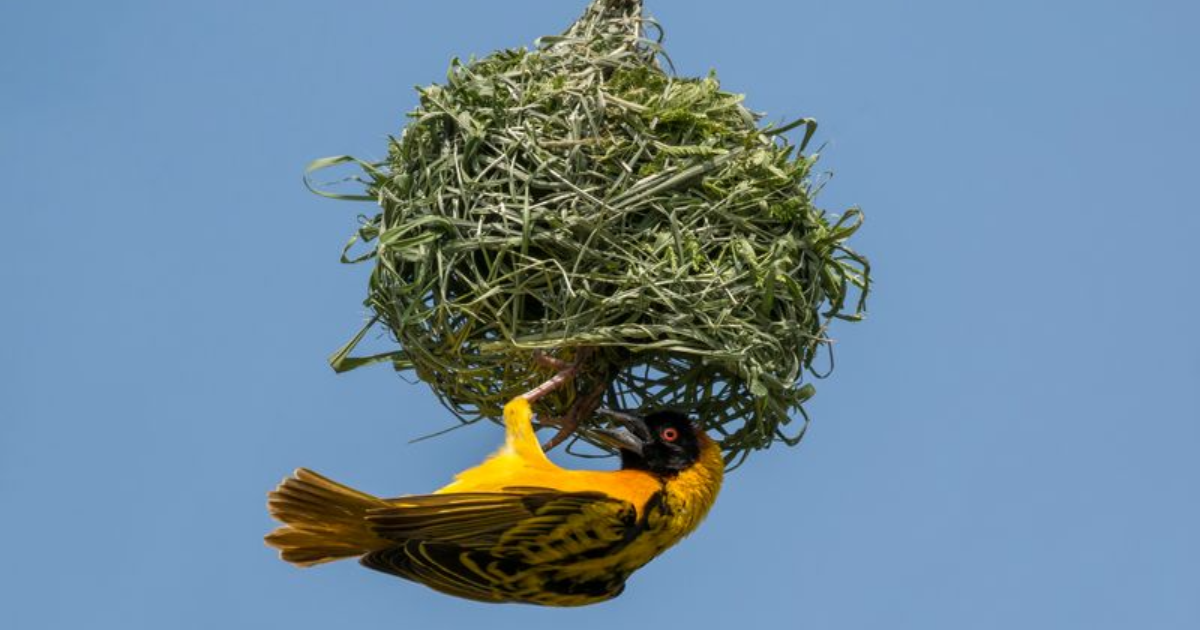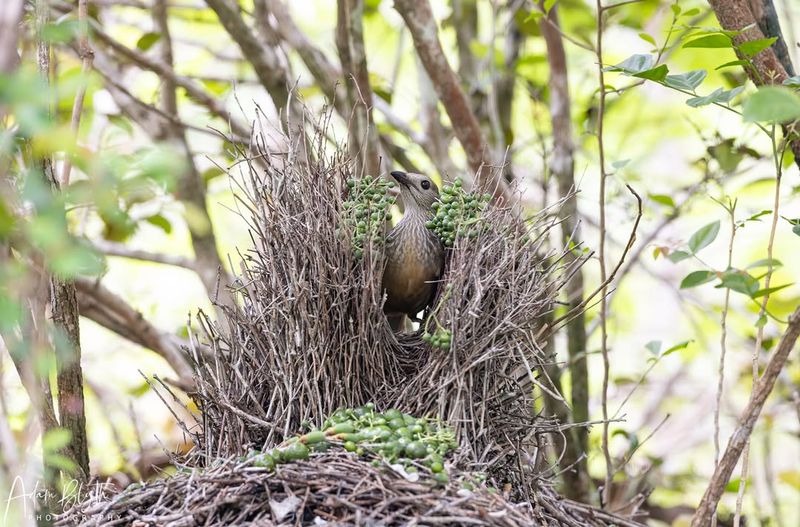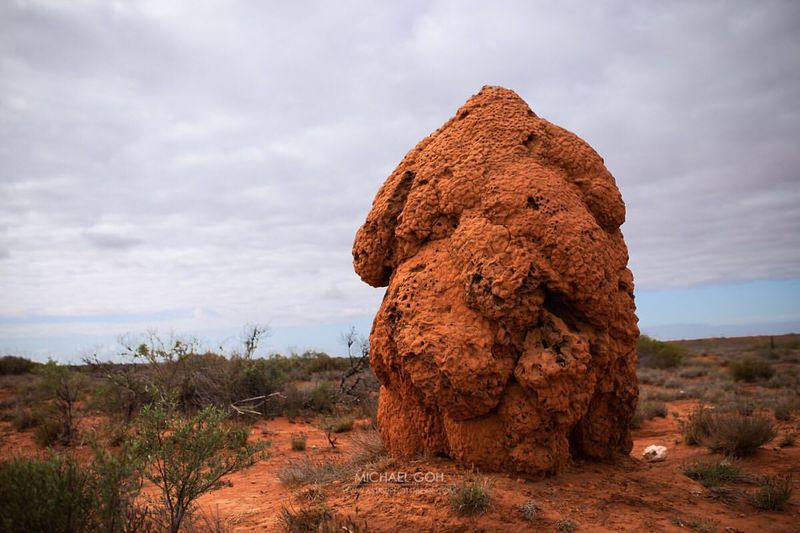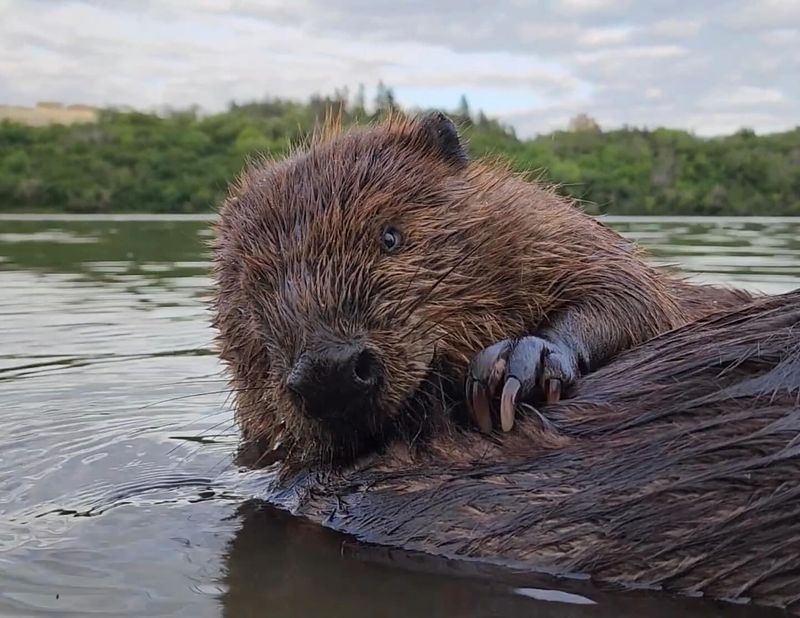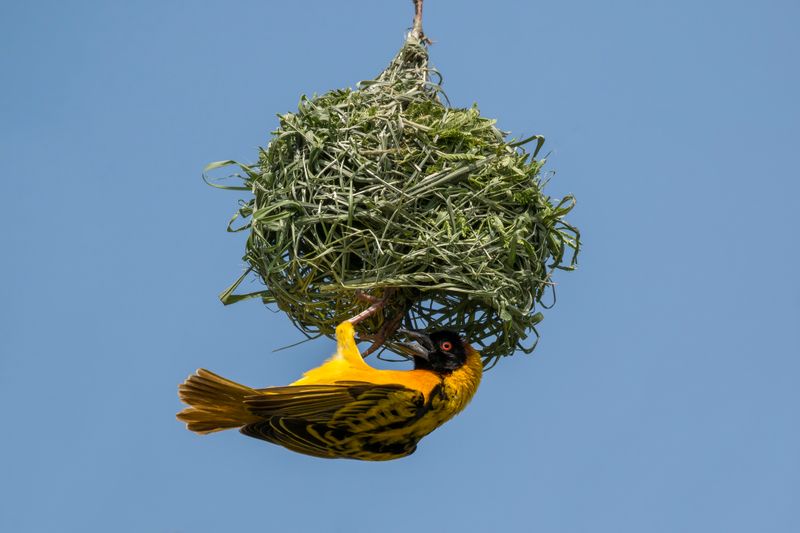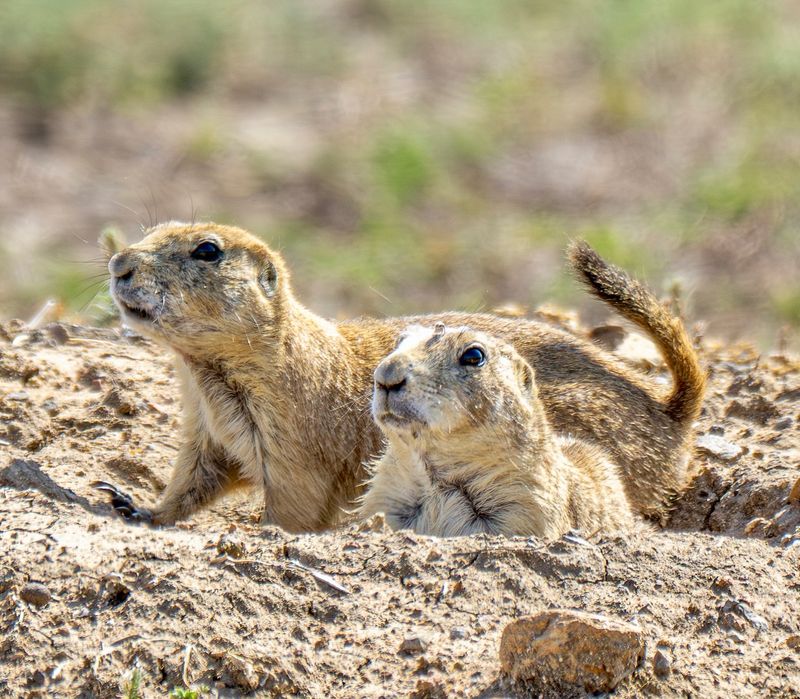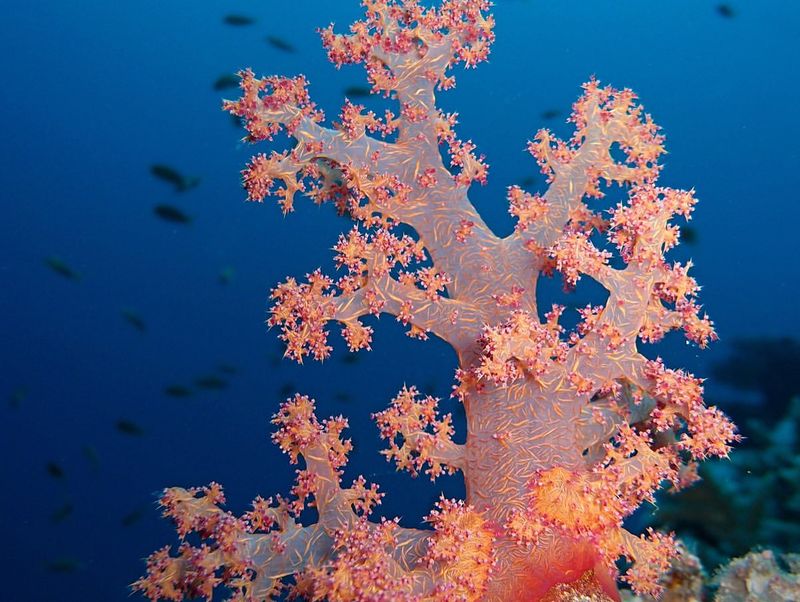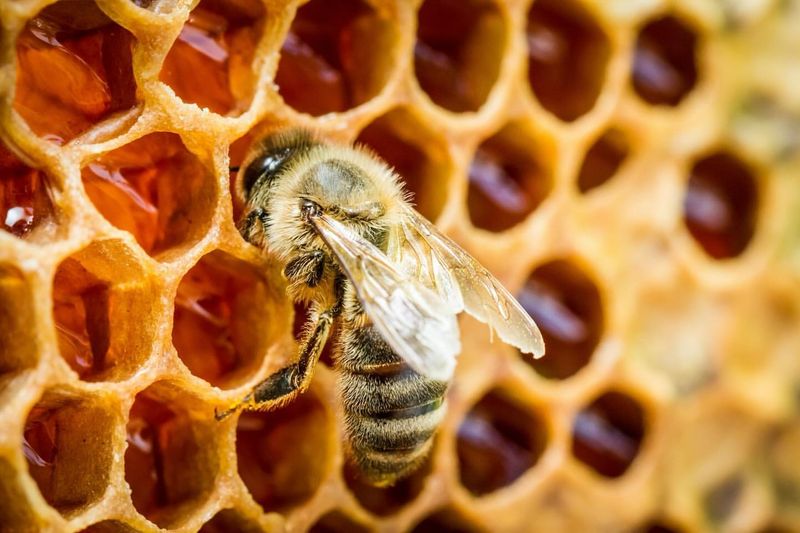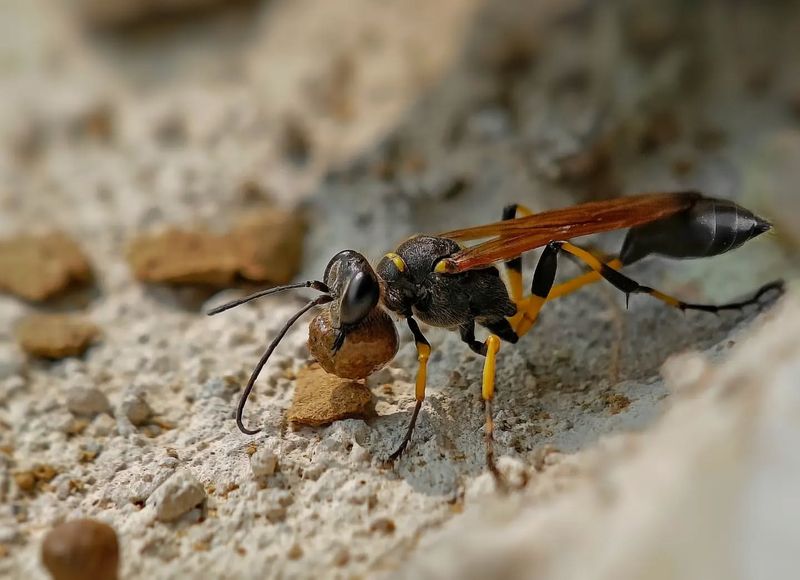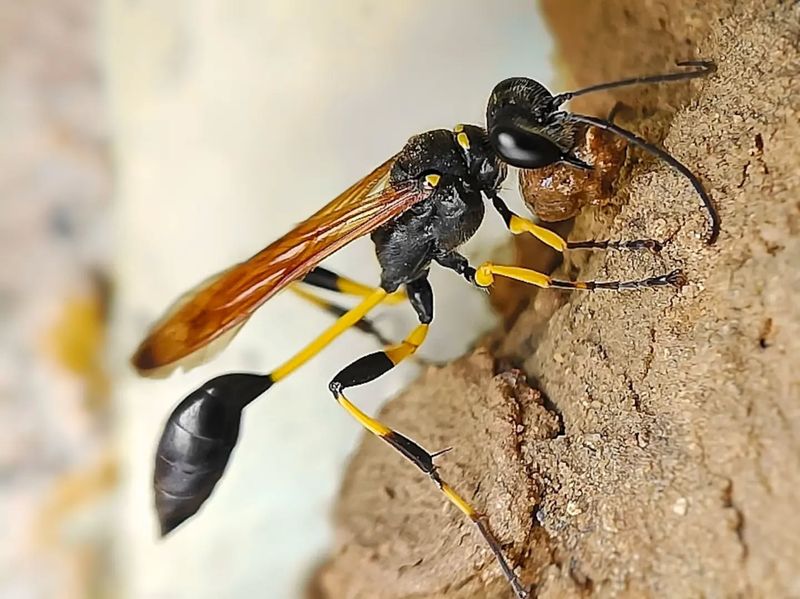📖 Table of Content:
When it comes to incredible architecture, humans might take the crown for skyscrapers and bridges, but in the animal kingdom, there’s a whole world of jaw-dropping construction happening just out of sight.
From the tiny but mighty insect engineers to the feathered decorators of the sky, animals have perfected the art of homebuilding in ways that put our blueprints to shame.
These creatures don’t just build shelters—they craft masterpieces that serve as nurseries, fortresses, and love nests, all designed with survival in mind. Imagine an underwater metropolis made of coral, a fortress of mud that’s stronger than concrete, or a dangling silk mansion swaying gracefully in the breeze.
Intrigued? You’re about to meet 10 animals whose architectural skills rival the finest human designs.
1. Bowerbird
Male bowerbirds meticulously collect twigs, leaves, and brightly colored objects such as berries and flowers to decorate their bowers. These structures are not nests but elaborate stages designed to attract females.
Each species of bowerbird has its own distinct style, with some bowers resembling intricate avenues or intricate huts. The male’s craftsmanship and attention to detail play a crucial role in attracting a mate.
In addition to the visual appeal, some species enhance their bowers with vocal mimicry, imitating sounds from their environment. This combination of visual and auditory display makes the bowerbird a fascinating example of animal architecture.
2. Termites
Termites are exceptional architects of the insect world, constructing intricate mounds that can reach impressive heights. These structures are marvels of engineering, featuring complex ventilation systems to maintain a stable internal environment.
Termite mounds are primarily found in tropical regions and vary in shape and size depending on the species. The mounds are built using soil, saliva, and feces, creating a sturdy and weather-resistant material.
Inside, a network of tunnels and chambers houses the colony, providing space for nurseries, storage, and farming of symbiotic fungi. The design ensures efficient climate control, regulating temperature and humidity.
3. Beavers
Using trees, branches, and mud, beavers construct dams across streams and rivers, creating ponds that serve as protective environments for their lodges.
These lodges, often located in the center of ponds, are built with meticulous care. They consist of underwater entrances and a living chamber insulated with leaves and grass. This design not only provides shelter but also aids in temperature regulation.
Beavers play a crucial role in their ecosystems, as their dams create wetlands that support diverse plant and animal life. Their engineering skills demonstrate a deep understanding of hydrodynamics and environmental manipulation.
4. Weaver Birds
These small birds, native to Africa and Asia, utilize grass, leaves, and twigs to craft their nests, weaving them tightly for durability.
The process involves complex knots and loops, showcasing the birds’ dexterity and instinctual understanding of material properties. The nests are designed to sway with the wind, providing protection from predators.
Each species of weaver bird has its unique style, with nests varying in shape and size. The communal nesting behavior of some species creates vibrant colonies, where hundreds of nests cluster together. More on that later.
5. Prairie Dogs
Prairie dogs are social rodents known for constructing extensive underground burrow systems in the grasslands of North America. These complex burrows serve as homes, nurseries, and protection from predators.
The tunnels, which can extend for miles, are intricately designed with multiple entrances and chambers for living, storing food, and raising young. The burrows also have ventilation shafts that help regulate the internal environment.
Prairie dog colonies, also known as “towns,” are densely populated and play a pivotal role in their ecosystem by aerating the soil and promoting plant growth. Their presence supports a variety of other species, including predators and insects.
6. Coral Polyps
These tiny marine animals build some of the most intricate structures in the ocean: coral reefs. These reefs, found in tropical waters, are made of calcium carbonate secreted by the polyps.
Over time, the accumulation of these structures forms vast underwater cities that provide habitat for an incredible diversity of marine species. Coral reefs are not only visually stunning but also essential to ocean ecosystems.
The symbiotic relationship between coral polyps and algae is key to the survival of the reef. The algae live within the polyps, providing them with nutrients through photosynthesis, while the polyps offer protection.
7. Honeybees
Honeybees are master architects of the insect world, creating hives that are both efficient and beautiful. These structures are composed of hexagonal cells made from beeswax, which the bees produce themselves.
The hexagonal design maximizes space while minimizing material use, showcasing the bees’ innate understanding of geometry. Inside the hive, honeybees work collaboratively to store honey, rear young, and maintain the colony’s health.
Each hive is a bustling community, with bees performing specific roles, from foraging to guarding the entrance. The hive’s design ensures proper ventilation and temperature control, critical for the colony’s survival.
8. Sociable Weaver Birds
We’ve already included weaver birds on this list, but we simply had to make an additional space for these truly special buildings.
Sociable weaver birds, found in the arid regions of Southern Africa, construct some of the largest and most intricate communal nests in the avian world. These massive structures can house hundreds of birds and last for decades.
Built from twigs and grasses, the nests are positioned high in trees or on artificial structures like telephone poles. The design includes individual chambers for nesting and communal areas for resting.
The nests provide protection from extreme temperatures and predators, showcasing the birds’ adaptability to harsh environments. The cooperative building process enhances social bonds within the colony.
9. Potter Wasps
Potter wasps are solitary insects known for their unique nest-building techniques, crafting small, pot-like structures from mud. These nests are often attached to branches, rocks, or buildings and serve as incubators for their young.
The female potter wasp meticulously gathers mud, mixing it with saliva to create a malleable material. She shapes the nest with precision, forming intricate patterns that harden into a protective casing.
Inside, the wasp provisions the nest with paralyzed prey, ensuring a food supply for the developing larvae. Once complete, the nest is sealed, safeguarding the young until they emerge.
Potter wasps’ nests are remarkable for their artistry and functionality, reflecting the wasp’s adaptability and skill.
10. Mud Dauber Wasps
We finish off the list with another type of wasp. Mud dauber wasps are solitary insects renowned for their sleek, tube-like nests constructed from mud. These nests, often found on buildings and structures, serve as protective chambers for their offspring.
The female mud dauber gathers mud, using her mandibles to mold it into elongated tubes. With precision and patience, she builds the nest layer by layer, creating an intricate and durable structure.
Each tube is provisioned with paralyzed spiders, providing sustenance for the larvae once they hatch. The nest is then sealed, ensuring the young develop safely.
